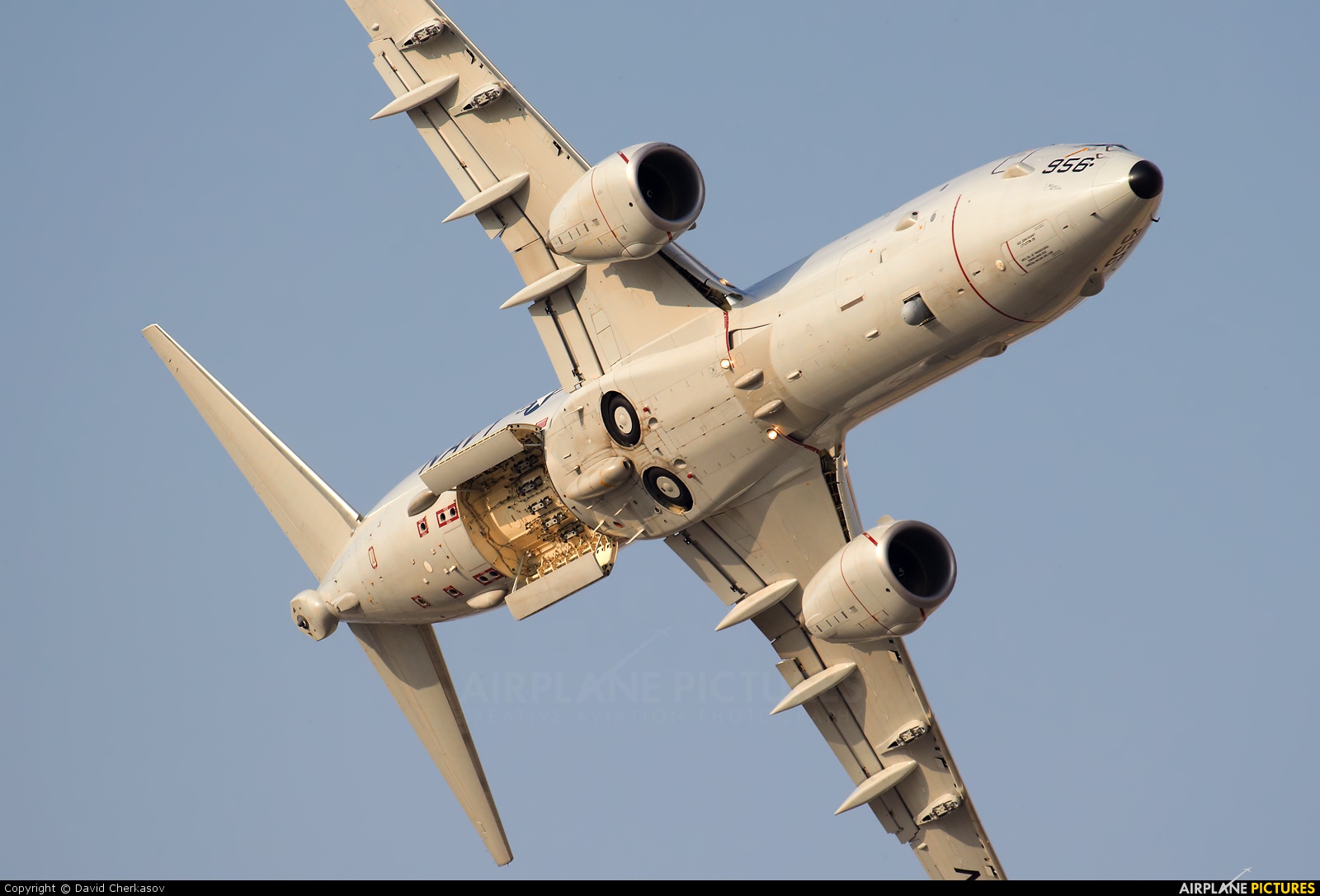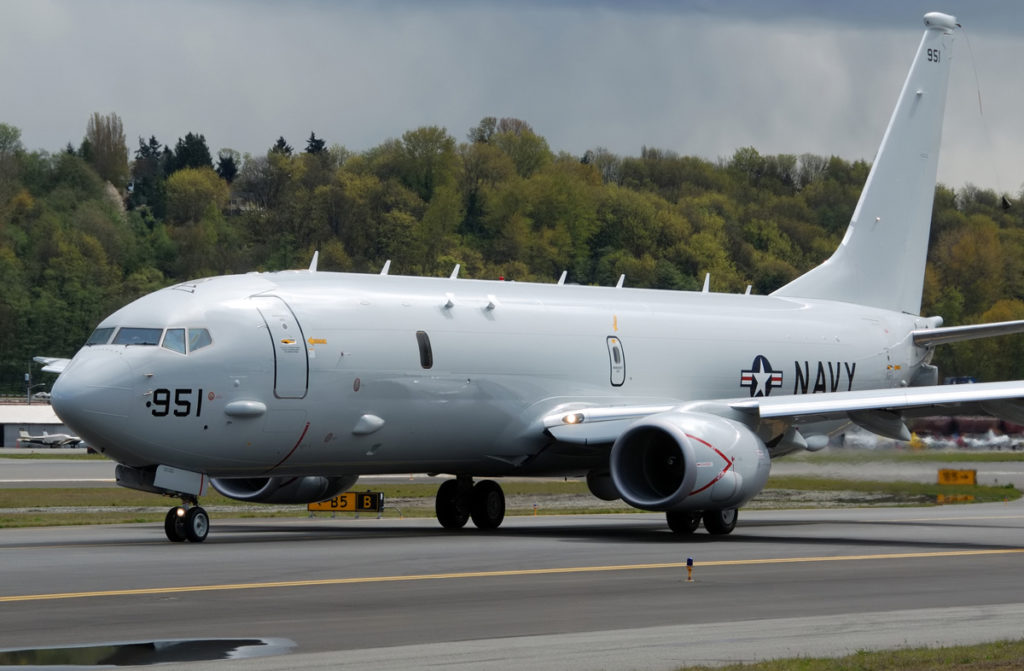Poseidon was the brother of both Hades, the god of the underworld, and Zeus, the sky god and principal deity of classical Greece. The kingdom of the sea was given to Poseidon when the three brothers overthrew their father. He therefore ruled both the water and the sky, making it appropriate that the Boeing P-8 airplane bears his name.
The Fundamentals of P-8 Poseidon

The multi-mission maritime patrol aircraft was created for functions such as intelligence, surveillance, and reconnaissance (ISR), search and rescue operations, anti-submarine and anti-surface warfare (ASW), anti-surface warfare (ASuW), and shipping interdiction. It is a modified version of the wide-body 737-900ERX, which is used by commercial airlines all over the world.
In June 2004, a contract for the Poseidon’s construction was given, and the first flight took place on April 25, 2009. Four years later, the US Navy declared it had reached its basic operational capability. Since then, the Royal Air Force and other allies and foreign partners, notably the US Navy, have adopted the aircraft.

The P-8 is capable of low-altitude operations and has flown more than 400,000 hours without an accident. With a relatively small crew consisting of a pilot, co-pilot, two navy flight officers, and three enlisted Aviation Warfare Operators/naval aircrewmen, it is capable of flying over broad oceans as well as in coastal regions. Along the port side of the cabin, the five operator stations are positioned in a sideways row. None have windows, although the forward cabin has a single observer window on each side.

Synthetic aperture radar, an electro and optical infrared sensor turret, and enhanced acoustic capability allow the aircraft to conduct concurrent passive and active processing. The aircraft is outfitted with cutting-edge technology created especially for the Poseidon.
The United States Navy, the Royal Australian Air Force, and the Royal Air Force of the United Kingdom currently operate more than 140 P-8s in two variants, including the P-8A. Recently, the Royal Norwegian Air Force, the Royal New Zealand Air Force, the Republic of Korea Navy, and the German Navy also adopted the platform. The upgraded P-8I is used by the Indian Navy and has two important upgrades over the P-8A: an aft Telephonics APS-143 OceanEye radar and a magnetic anomaly detector (MAD).

On April 15, 2015, a US Navy P-8 Poseidon with tail number 431 approached Tinker AFB near Oklahoma City, Oklahoma.
The two P-8 models are 86% similar to the commercial 737NG, which is said to offer significant supply chain economies of scale in manufacturing and support across the globe. The P-8 was additionally designed to last 25 years or 25,000 hours in the most demanding maritime flight conditions, including prolonged operations in icing environments.
P-8 Upgrades Soon to Arrive?

The P-8A Poseidon’s top anti-ship missile will be integrated onto it, according to a contract the U.S. Navy awarded to Boeing in November 2021. The P-8A will be the third aircraft to be equipped with the Long Range Anti-Ship Missile, which Lockheed Martin created and produced in response to a pressing operational requirement from the US Pacific Fleet. The F/A-18 Super Hornet of the Navy and the B-1 bomber of the Air Force were the last two aircraft to receive the upgrade.

(March 16, 2014) On a P-8A Poseidon belonging to Patrol Squadron (VP) 16, crew members maintain their workstations while helping with the search and rescue efforts for Malaysia Airlines flight MH370. The U.S. 7th Fleet’s area of responsibility includes VP-16, which is stationed there to support Indo-Asia-Pacific security and stability. (Mass Communication Specialist 2nd Class Eric A. Pastor/Released; U.S. Navy photo.
This is comparable to Poseidon, the Greek God, gaining a larger trident.

Poseidon P-8 Key Specs:
Two 56-7B engines with a combined thrust of 27,300 lbs.
129.5 feet long (39.47 meters)
Dimensions: 42.1 feet (12.83 meters)
123.6-foot wingspan (37.64 meters)
Gross takeoff weight limit: 189,200 pounds (85,820 kilograms)
Flying at 490 knots (564 mph) actual airspeed
41,000-foot ceiling (12,496 meters)
1,200 nautical miles, four hours on station; range
6 to 9 people on board
Weaponry: cruise missiles and torpedoes






